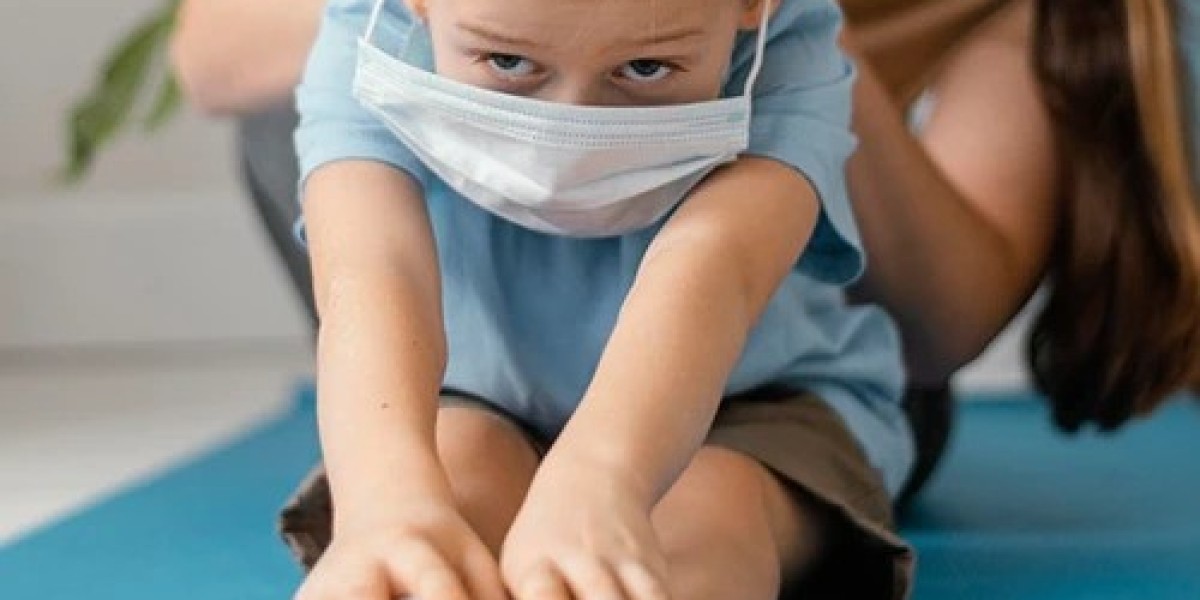When your child is facing an orthopedic condition, it’s natural to feel overwhelmed. Many parents assume that bone and joint problems in kids are treated the same way as they are in adults. But pediatric orthopedic surgery is a completely different field, requiring special knowledge, skills, and an entirely unique approach.
Children’s bodies are constantly growing and changing. That means their bones, joints, and muscles behave differently from adults’. Treating them requires more than just technical expertise—it also calls for sensitivity, patience, and a deep understanding of child development.
Pediatric Bones Grow, Heal, and React Differently
Unlike adults, children have growth plates at the ends of their bones. These areas are crucial for bone development and are also more vulnerable to injury. A fracture in a child isn’t just a broken bone—it could affect how that limb grows in the future.
Surgeons who specialize in pediatric orthopedics understand how to treat injuries without disrupting a child’s natural growth. That’s why treatment for a child with the same condition as an adult may look completely different in practice.
Communication and Comfort Matter More with Children
One of the biggest challenges in pediatric orthopedics isn’t the surgery itself—it’s the patient. Children often struggle to explain their pain or fears. They may not sit still for X-rays or fully understand why they need surgery in the first place.
That’s why pediatric orthopedic teams use child-friendly language, play therapy, and creative distraction techniques to ease anxiety. Their approach is as much emotional as it is clinical, making the hospital experience less frightening and more empowering for kids.
Surgical Techniques Are Tailored to Young Bodies
From smaller incisions to special tools designed for tiny joints, everything about pediatric orthopedic surgery is adjusted for the child’s size and development. What works for an adult’s torn ligament or bone fracture may not work at all for a growing child.
Surgeons must also consider future milestones. Will the child be able to run, play, and grow normally after surgery? How will their body adapt as they age? These long-term considerations are at the heart of every decision in pediatric orthopedics.
Recovery and Rehabilitation Need Special Attention
Healing doesn’t stop at surgery. Pediatric patients often need extended rehabilitation to ensure they regain full function. But unlike adults, kids may not understand why they need to do physical therapy—or may resist it altogether.
Therapists and nurses in a children ortho hospital are trained to make recovery feel like play. They build trust with young patients and turn exercises into games. This thoughtful approach speeds up healing and helps children regain their confidence.
What to Look for When Choosing a Pediatric Orthopedic Hospital
Finding the right place for your child’s orthopedic care is a decision that can shape their future health and happiness. Here are some important things to consider:
Specialized Pediatric Surgeons
Make sure the hospital has surgeons trained specifically in pediatric orthopedics, not just general bone and joint care.Child-Friendly Facilities
Look for environments that cater to children—colorful waiting rooms, friendly staff, and equipment sized for young patients.Integrated Rehabilitation Support
Physical therapy should be part of the recovery plan, with therapists who know how to work with children at different developmental stages.Experience with Complex Cases
If your child has a rare condition or needs surgery, choose a hospital that routinely handles complex pediatric cases.Parental Involvement in Care
The best hospitals make space for parents to be active partners in care, from diagnosis to post-op recovery.Clear Communication
Medical staff should be willing to explain procedures, risks, and options in a way that parents and children can understand.
Emotional Impact Is Different—and So Is the Support
When an adult goes through surgery, the emotional toll is often managed personally. But when it’s a child, the emotional burden falls on the whole family. Parents worry endlessly. Siblings feel unsettled. Even the child may carry fears long after the hospital stay is over.
Pediatric orthopedic care teams understand these dynamics. They often include psychologists, counselors, and social workers who can help the entire family navigate this challenging journey. The goal isn’t just physical healing—it’s emotional resilience too.
Trust, Not Just Treatment, Builds Better Outcomes
The relationship between a pediatric orthopedic surgeon and their patient is built on trust. Children who feel safe are more likely to cooperate, communicate, and engage with their treatment plan. And parents who trust their child’s care team feel more confident in making critical decisions.
That’s why families across the city often look for the best pediatric orthopedic surgeon in Chennai who not only has the qualifications, but also the compassion and communication skills that truly set them apart.
Conclusion
Pediatric orthopedic surgery isn’t just a scaled-down version of adult care—it’s a world of its own. From the physical differences in growing bones to the emotional needs of young patients and their families, every detail matters. The goal is not just to fix what’s broken, but to support each child’s journey to a healthy, active life.
At Soundarapandian Bone and Joint Hospital, we are committed to providing world-class healthcare with the warmth and compassion of a family-run institution. Guided by a tradition of care, our highly skilled Orthopaedic surgeons and our dedicated team work together to ensure that every patient receives personalised treatment. We combine the latest in cutting-edge technology with a deep sense of empathy and ethics, striving for excellence in orthopaedics while fostering a welcoming, supportive environment for all.






